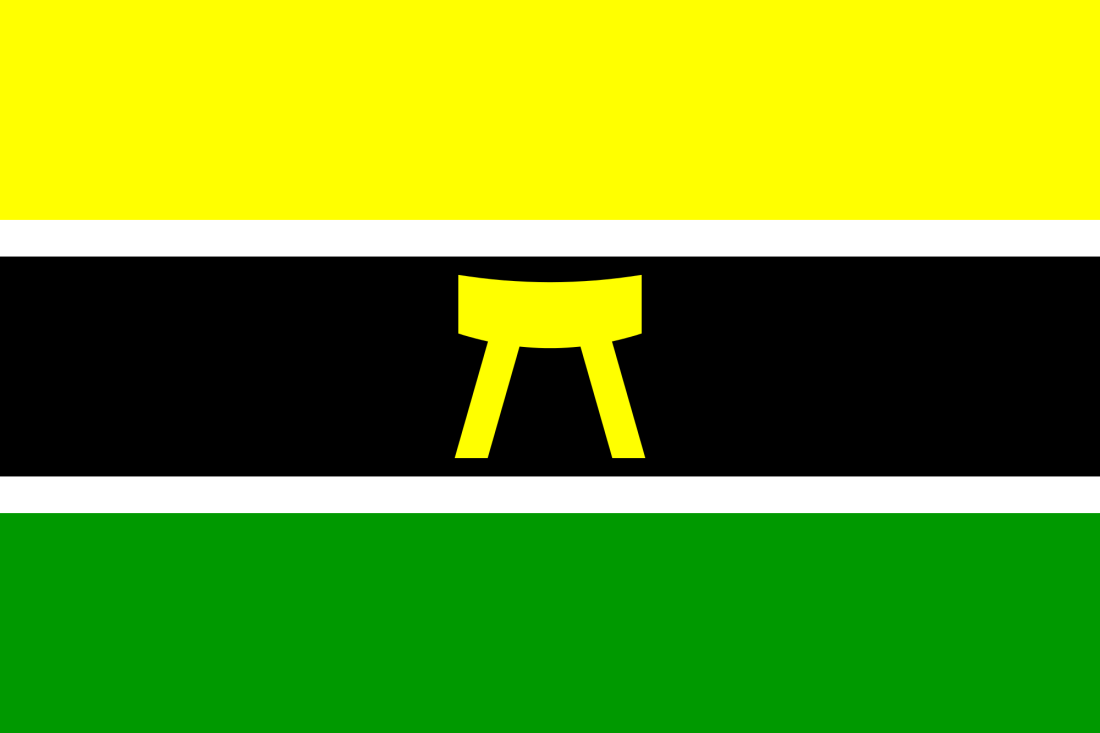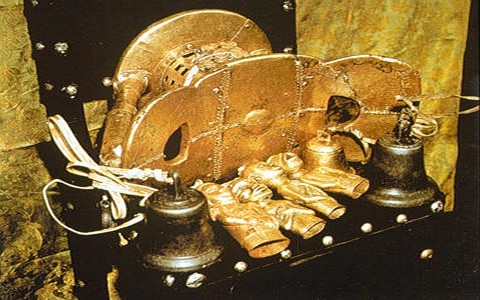The Ashanti Kingdom

The Ashanti kingdom consist of 38 small states in the 1950’s and was formed by Osei Tutu I and Okonfo Anokye his advisor. By 1965 the number was reduced to nine but by 1700 they reunited again to form a confederation with Kumasi as their capital.
The name “Asanti” meaning because of war, this was formed when a kingdom was need to fight the Denkyira kingdom. The then colonial masters corrupted the name for the present Ashanti, which has now come stay with us.
A durbar of clan heads was held by Osei tutu to strategize a plan of self-liberation from the Denkyira kingdom and at this durbar the advisor of the Osei Tutu, Okonfo anokye conjured the golden stool from heavens onto the laps of Osei Tutu signifying dawn of unification and Asantehene. Following their union they waged a war against the Denkyira and defeated them.

Following the death of Osei Tutu I, King Opoku Ware I (1720–1745) succeeded him who later engaged in further Akan territorial expansion. Then came King Kusi Obodom (1750–1764, Asante king Osei Kwadwo (1764–1777) imposed administrative reforms that allowed the Ashanti Kingdom to be governed effectively, King Osei Kwame Panyin (1777–1803), and King Osei Tutu Kwame (1804–1824) continued the Ashanti Kingdom’s territorial consolidation.
The kingdom came into contact with the British in the 19th century, on 15th may 1817 when Thomas Bowdich entered Kumasi. The book, Mission to Cape Coast Castle to Ashantee praise of the kingdom was disbelieved as a contradiction to prevailing prejudices. Thomas and Joseph Dupuis the first British consul in Kumasi secured a treaty with the Asantehene on 23rd march 1820 but the Governor, Hope Smith, couldn’t meet the Ashanti expectations.
The Ashanti kingdom were actively involved in the trans-Atlantic slave trade since slavery was a tradition of the Empire with typically taken as captives from enemies in warfare. São Jorge da Mina where the Ashanti Kingdom slaves were sold to Portuguese Empire and shipped to Brazil and Cape Verde
This period, beginning in the 15th and 16th centuries and lasting until the 1830s when slavery was abolished, the Ashanti still used slave labor to plant more crops such as plantains, yams, rice, and new crops such as maize and cassava brought from the Americas. This led to an increase in population and a movement of the Akan peoples to the forest zones.
The use of slave labor was involved in its most important mineral product, gold. Akan enterprise utilized the labor of slaves for both trading with Europeans (Portuguese, Dutch, and English) and in the state grassland belts first in clearing new land and then for the development of deep-level mining and placer mining.
Before the Anglo-Ashanti war the Ashanti’ fought other wars including the Asante-Fante war, Ga-Fante war and the Ashanti-Akim Akuapim war. Many historians embrace the element that the indigenous organization and leadership of the Ashanti’s played a more crucial role in their successes. More significantly the Ashanti kingdom had numerous troops from conquered or incorporated peoples, and faced a number of revolts and rebellions from these peoples over its long history. The political genius of the symbolic “golden stool” and the fusing effect of a national army however, provided the unity needed to keep the empire viable. Total potential strength was some 80,000 to 200,000 making the Ashanti army bigger than the better known Zulu, comparable to Africa’s largest- the legions of Ethiopia. The Ashanti army was described as a fiercely organized one whose king could “bring 200,000 men into the field and whose warriors were evidently not cowed by Sniper rifles and 7-pounder guns. While actual forces deployed in the field were less than potential strength, tens of thousands of soldiers were usually available to serve the needs of the empire. Mobilization depended on small cadres of regulars, who guided and directed levees and contingents called up from provincial governors. Organization was structured around an advance guard, main body, rear guard and two right and left wing flanking elements. This provided flexibility in the forest country the Ashanti armies typically operated in. The approach to the battlefield was typically via converging columns, and tactics included ambushes and extensive maneuvers on the wings. Unique among African armies, the Ashanti deployed medical units to support their fighters. This force was to expand the empire substantially and continually for over a century, and defeated the British in several encounters. They defeated the British in three wars and finally in the fourth war they were defeated and was made to sign a treaty.

